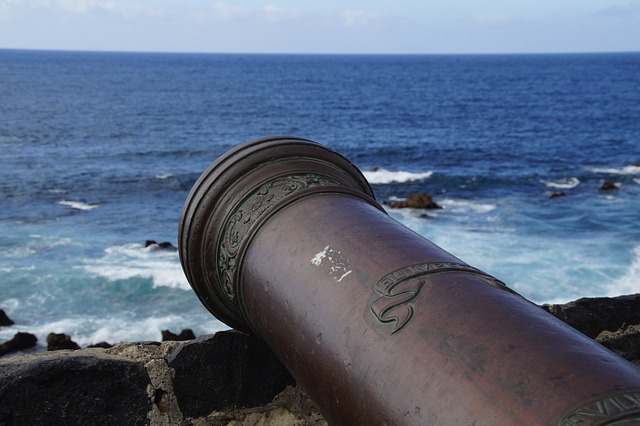King Sebastian of Portugal was murdered in 1578 while engaged in combat with Muslim armies in Morocco.
The house of Aviz was destroyed when Sebastian passed away without leaving an heir. The nearest contender for the vacant Portuguese crown was Philip II of Spain, whose mother was a Portuguese princess. Despite the wealth of the Americas, Spain needed Portugal's possessions because its resources were being depleted by its efforts to put down uprisings in the Low Countries.
Don Antonio de Crato of Beja was Philip's principal foe in the race for the throne. He fought Philip for two years before succumbing to Philip's general, the duke of Alva, at the battle of Alcantara on August 25, 1580. To prepare for his return, Crato escaped to France. Philip gave the Cortes, the Portuguese government, his word that he would not exploit the nation. He pledged to uphold the rights of Portuguese nationals, keep all civil, military, and judicial positions in Portuguese hands, and respect all religious honors and orders of knighthood. Additionally, he pledged that only their own ships would transport commodities from Portuguese possessions, and that the profits from commerce with Africa and Persia.
Philip had to struggle three times to keep his prized property. With the help of the French and the British, Crato made an attempt to return and claim the crown. In 1582, he attempted to invade the Azores with a French fleet, but Spanish Admiral Alvaro de Bazan repulsed him. The power of the Spanish navy in the Atlantic was confirmed when he did the same thing the following year and got the same outcome. After the Spanish Armada tragedy in 1588, Philip once more refused Crato's request to return to Portugal. Sir Francis Drake and Sir John Norris of England helped Crato land his troops on the coast.
Philip was true to his word. The rules stayed the same, taxes did not rise, and the Portuguese held influential positions. Philip II ruled for a while, and everything went as planned. However, this cannot be true of his sons. Portugal was viewed as a potential source of income for Philip III and Philip IV as well as a potential supply of governmental positions for their friends. After Philip II's impartial administration came to an end, the nation became bitter. The Portuguese colonies abroad fell under English attack, and the Spanish took very little action to defend them.
With uprisings in the Netherlands and the Spanish province of Catalonia, the Spanish were facing their own issues. Philip IV of Spain requested that the Portuguese duke of Braganca send troops to his country in 1640. With the approval of the Cortes, the Church, and the populace, the duke raised troops but used them to grab the throne. The Dutch-Portuguese economic rivalry proved to be too strong for Braganca to overcome in her attempts to forge contacts with the Dutch in order to sustain pressure on Spain from two directions and reclaim Portuguese ownership of regions lost during the previous few years. The Dutch were able to trade with Brazil during the 10-year truce they negotiated, but the peace did not last.
Spain was far too preoccupied with uprisings to seriously consider another conquest. The two nations signed a peace pact in 1668 after Portugal repelled invasion efforts in 1644 and 1665. Due to a lack of Spanish defensive actions, the "Sixty-Year Occupation" had little impact in Portugal; the only significant outcome was the closure of foreign trading posts. The loss of such commercial sites could have been unavoidable given how small the Portuguese naval was in relation to the expanding fleets of England and the Netherlands.

References:
Marques, A. H. de Olivera, History of
Portugal (New York: Columbia University Press,
1976); Payne, Stanley, A History of Spain and
Portugal (Madison: University of Wisconsin Press,
1973); Stephens, Morse, The Story of Portugal
(New York: AMS Press, 1971).
Posted using Proof of Brain
